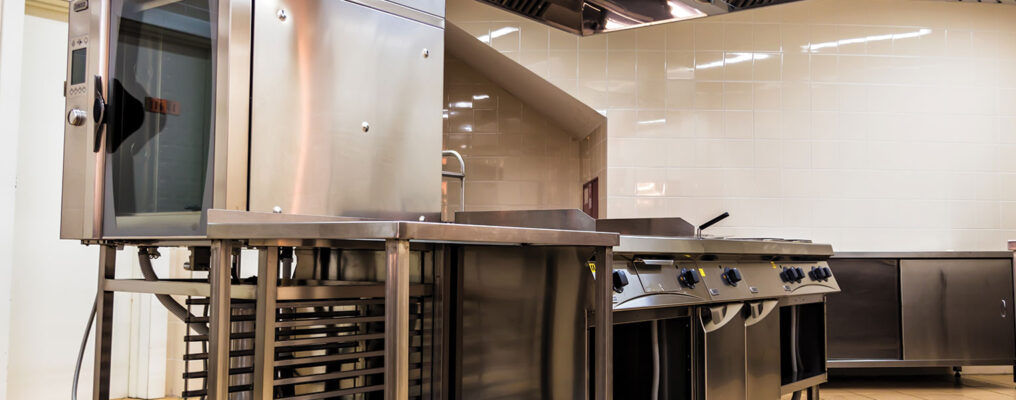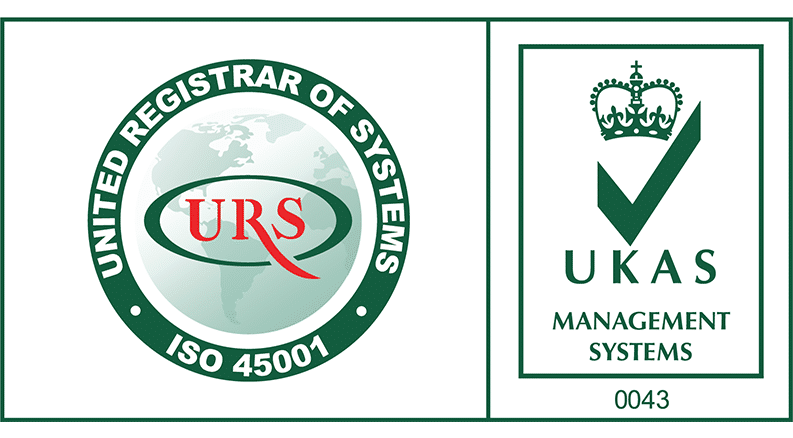
24/10/2022
What is Ghost Kitchen?
Ghost Kitchens (or Dark Kitchens) is a new term in the hospitality industry brought about as covid-19 lockdown changed buying habits and forced businesses to look at their models differently. In essence, ghost kitchens are physical locations that focus their effort on providing food through delivery rather than having a typical seating experience.
There are multiple ways these kitchens are set up, they either offer their services to other catering brands and buy in the raw products and sell other people’s recipes for a profit or they are an online-only brand selling their own recipes.
From the change in how customers are dining, and more people choosing to get delivery over eating out, the popularity of ghost kitchens has grown and will continue to grow due to the estimated growth of online food delivery sales to grow to $220 billion by 2023.
The impact of Covid-19 on Ghost Kitchens
Ghost Kitchens are on the rise in popularity, with many venture capitalists pouring money into start-ups that are solely designed to be ghost kitchens with no seating capacity. Before 2020 ghost kitchens were being talked about as a valid commercial catering service, but when the lockdowns struck, traditional brick-and-mortar shops were forced to close. Many owners were forced to adopt a ghost kitchen style approach, offering a delivery-only menu.
When we finally reopened, the hospitality industry trends changed. Restaurants were forced to limit customers and adhere to strict hygiene parameters. During the lockdown, many owners enjoyed the benefits of the ghost kitchen business model and the convenience of the infrastructure already in place.
What are the benefits of a ghost kitchens
We are seeing more and more ghost kitchens popping up, this model is said to have benefits over the traditional restaurant. But what are they?
Lower running & operational costs
Not having to provide space for customers to sit, wait and pay all reduce the total size of the space needed to set up your kitchen, reducing your overheads with increasing capacity to cater to the food delivery market.
You don’t need to hire wait staff, have a storefront or commercialise any of your premises. The sole role of the business is to make food for delivery, saving on many of the initial start-up costs of a restaurant.
Multiple virtual brands can be prepared
If customers’ food trends are changing, there is no reason for you not to change with the trend. You can create a whole new menu, launch a new brand, or use other menus if you have the equipment to handle it. Allowing you to target all demographics and audiences at the same time.
What are the different types of ghost Kitchens?
The resulting aftermath of the pandemic is the hospitality industry has seen a large increase in delivery and online orders which has pushed the ghost kitchen model to evolve.
Individual restaurants close their doors to dine-in customers and start offering delivery and pick-up-only meals – this is usually the simplest form of ghost kitchen because they have the infrastructure in place.
Fully Managed ghost kitchens opened purposely for the delivery-only virtual kitchen experience. Cooking for popular brands or their own online-only menu
Renting out commercial kitchen spaces that specialise in offering small kitchen spaces for the purpose of delivery.
Getting the latest technology for your ghost kitchen
To be able to offer a large selection of brands, menus, and meals you need to make sure that your kitchen is equipped with the latest and greatest appliances. At Carlton Services, we aim to stock the latest kitchen appliances and equipment from the top brand across the industry.














